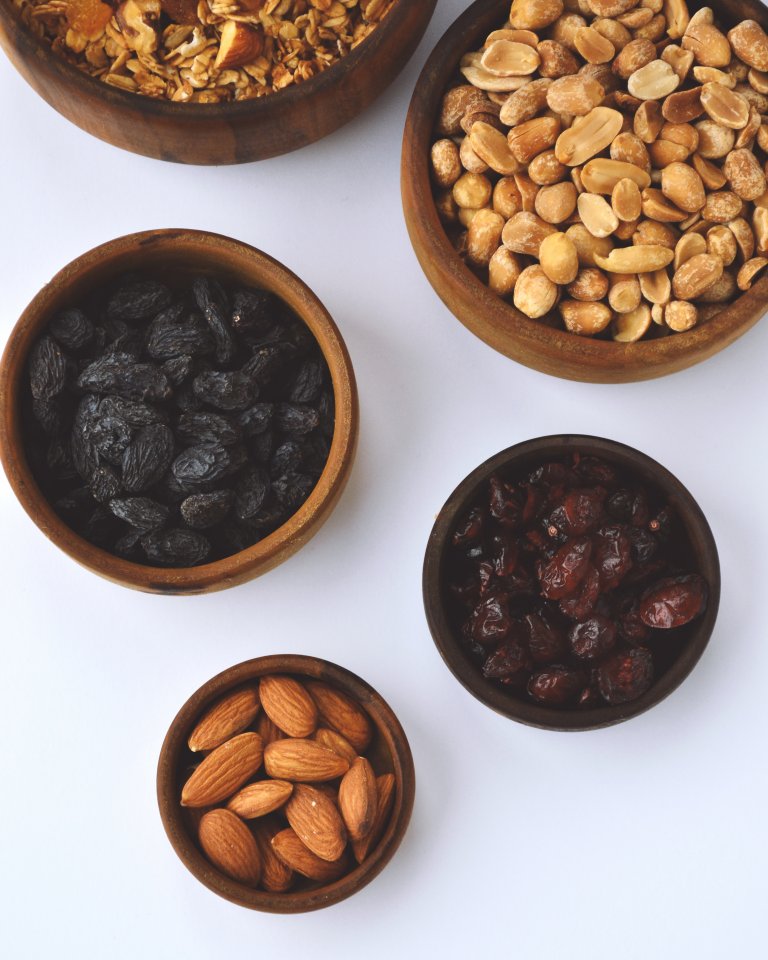An insufficiently prepared grain, although it may be tasty, is not in a condition to be easily acted on by the digestive system fluids, and remains in consequence left undigested to act as a mechanical irritant. Water is the liquid typically employed for food preparation grains, but a number of them are richer and better flavored when milk is combined with the water, one component to two of water. When water is used, soft water is more suitable to hard. The quantity of fluid required differs with the various grains, the manner in which they are crushed, the method whereby they are cooked, and the uniformity desired for the cooked grain, more fluid being needed for a gruel than for a mush. Mix the grain continually up until it has set, yet not at all later. Grains are a lot more appealing if, while effectively softened, they can still be made to keep their original kind. The other directions provided for the whole or broken grains are applicable to the ground products. Place the grain, when sufficiently cooked, in the refrigerator or in some location where it will certainly cool quickly (as slow-moving cooling may cause fermentation), to stay over night.
Previous PostHorse supplement on top of daily dose of hay
Next PostGrain carts
